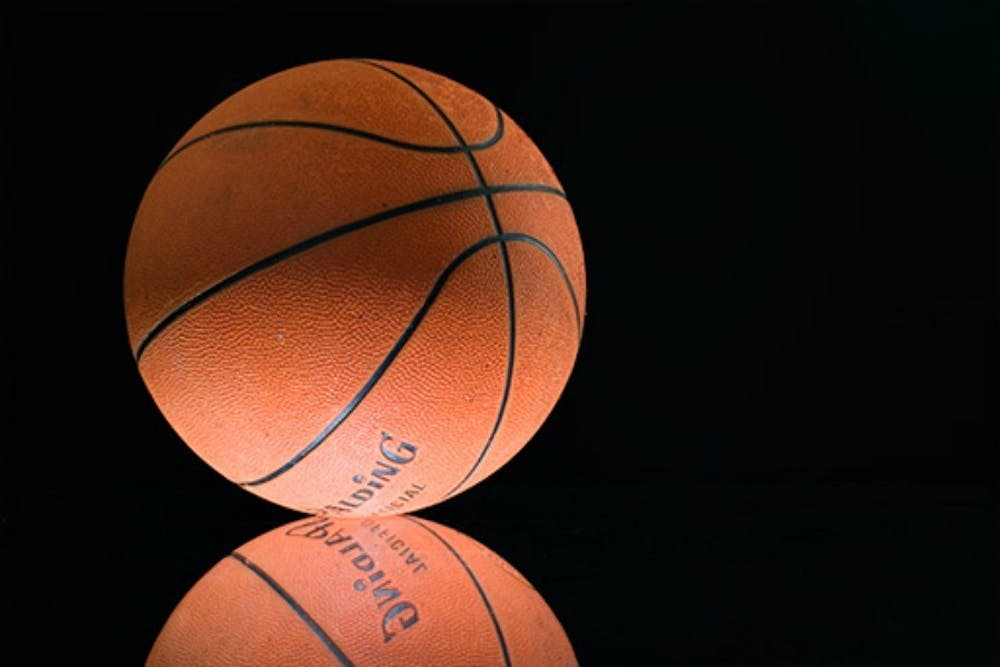By Emily Simanskis, For The Miami Student
The percentage of international student athletes in NCAA Division I sports has increased over the past 10 years, a change that is reflected in Miami's own varsity rosters.
According to data on the NCAA's website, the number of international student athletes has increased as little at 0.2 percent in Division I football to as much as 9.1 percent in Division I women's field hockey over the past 10 years.
At Miami, the men's basketball roster includes three international athletes, and the women's field hockey roster lists seven international athletes. The teams are, respectively, 18.75 percent and 31.8 percent international.
Although these athletes face unique challenges, such as coping with language barriers and acclimating to American culture, Miami coaches say their skills and attitudes are a welcomed asset to their teams.
"I think that the international players bring something different to the team," said Iñako Puzo, the head women's field hockey coach.
Because some international field hockey players begin playing earlier, their skill level is at or above that of domestic students, said Puzo. The way they see and understand the game can be different from a domestic player, offering a unique perspective out on the field.
"There is a period of maturity and a growing-up period that may, in fact, come at a quicker pace than most American students," said John Cooper, the head coach of the men's varsity basketball team. "Typically you're never ever worried about their character and those things because it's the one thing that strikes you, as they're typically really high character people."
The NCAA classifies international athletes as nonresident aliens, individuals who are not citizens of the United States and are in the country on a temporary basis. Nonresident aliens do not have the right to remain in the country indefinitely.
Dion Wade, a sophomore shooting guard for Miami's varsity men's basketball team, is one such athlete. Wade is originally from Belgium and transferred to Miami from Auburn University.
Overseas, sports and academics are very separate, said Wade. Since colleges in Belgium do not have varsity sports, Wade saw the appeal of attending school in the United States.
Wade said that international students have more to offer their teams than just diversity.
"It's a different style of play too," said Wade. "The American game is a lot more physical, and the overseas game is more of a mental game."
Wade conceded that, although many international student athletes have preconceptions before attending college in the United States, finding a school that fits the athlete's taste is important.
"When people overseas think of the [United] States, obviously they think of New York, L.A., big city style, stuff like that. But then coming to Miami is a little bubble," said Wade. "It just depends what you like, to be honest."
The majority of Division I sports in the NCAA have seen an increase in international athletes. For example, the percentage of international athletes playing men's basketball has doubled from 3.4 percent to 6.8 percent in the past 10 years.
Despite the overall trend, some sports' ratio of international to domestic athletes has remained stagnant or has slightly decreased. The percentage of international students playing men's baseball has marginally decreased from 0.9 percent to 0.8 percent, and women's volleyball has seen a decrease from 3.1 percent to 2.2 percent.
In addition to the unique perspective and oftentimes higher skill level that international student athletes bring to the court, said Cooper the impact working with these student athletes has had on him.
"[It is] what they bring to you," said Cooper. "It's the culture and the things they bring to you and the things you learn."

